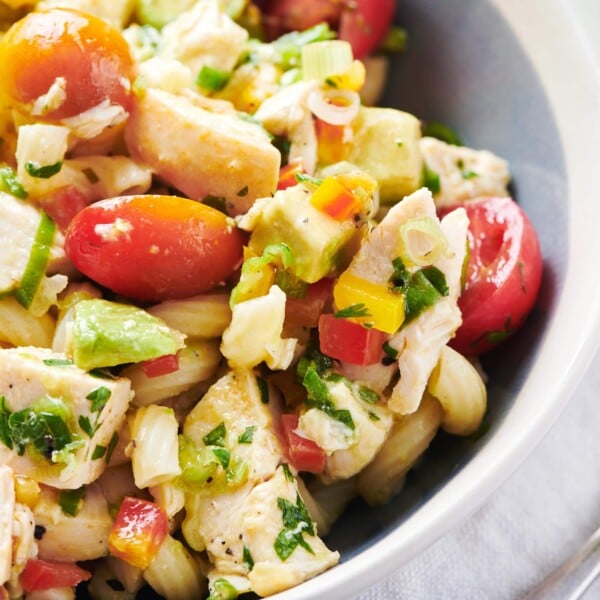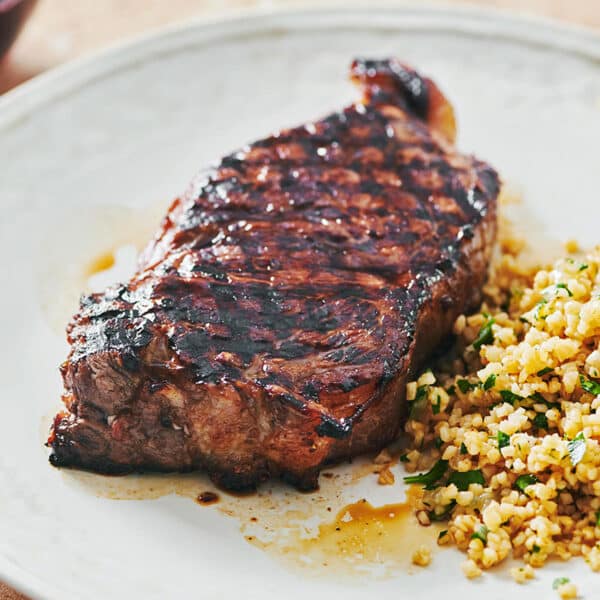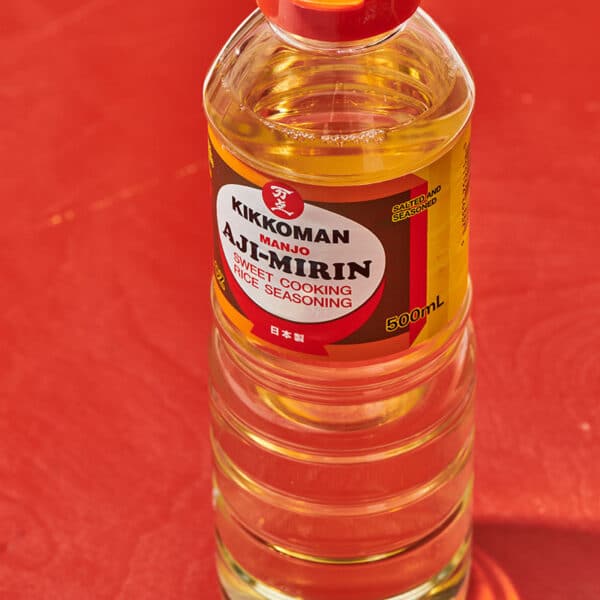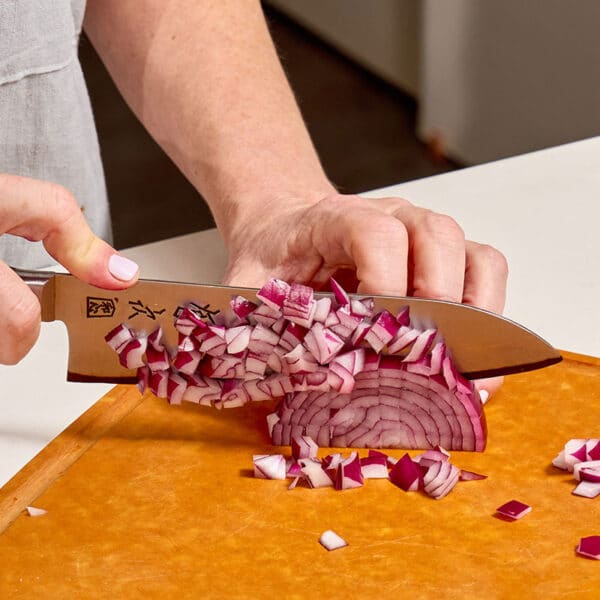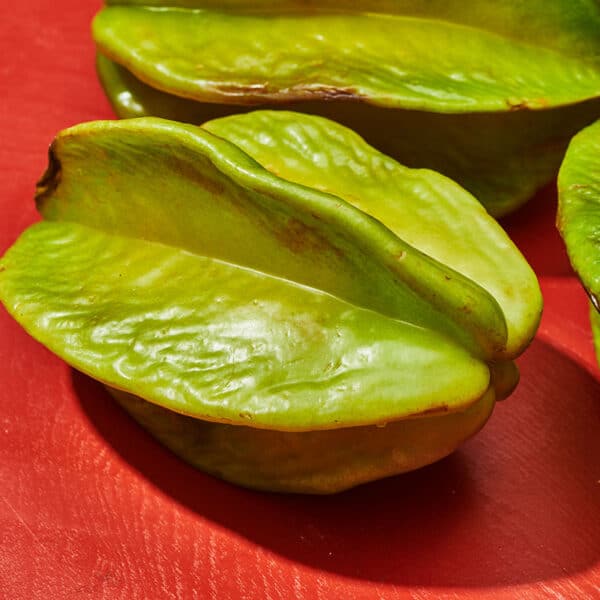How to Cook Celeriac
on Jan 04, 2023, Updated Jan 28, 2025
This post may contain affiliate links. Please read our disclosure policy.
Celeriac is a root vegetable that deserves more love! Here's how to buy, prepare, and cook celeriac (plus a recipe for Celeriac Remoulade).
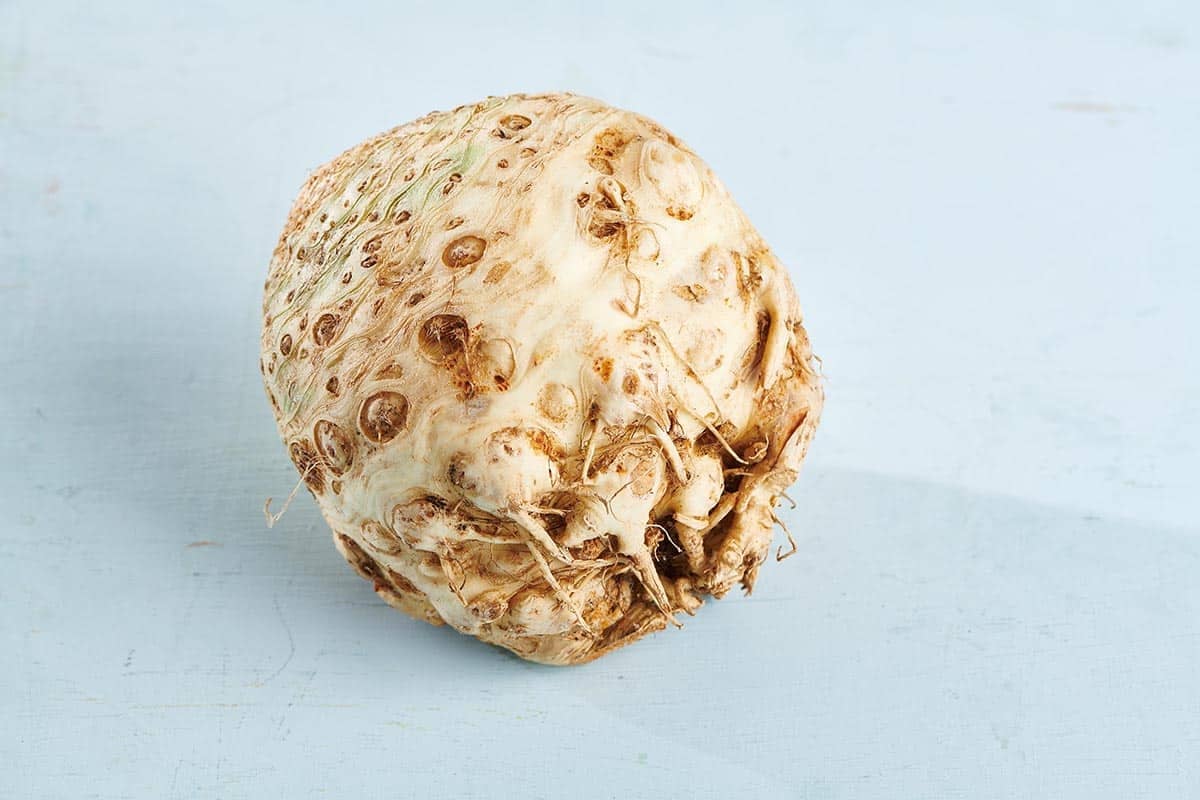
It’s about time we all got a chance to explore celeriac. This strange-looking root veggie resembles a miniature planet, complete with craters. Below is all you need to know about where to find this funky root, as well as how to prepare and eat it.
Plus, at the end, I’ve included some recipes for you to try out, including a recipe for a French-inspired Carrot Celeriac Remoulade that’s absolutely delicious and the perfect accompaniment for a nice Grilled Salmon dinner.
By signing up, you agree to our Privacy Policy.
What's In This Post?
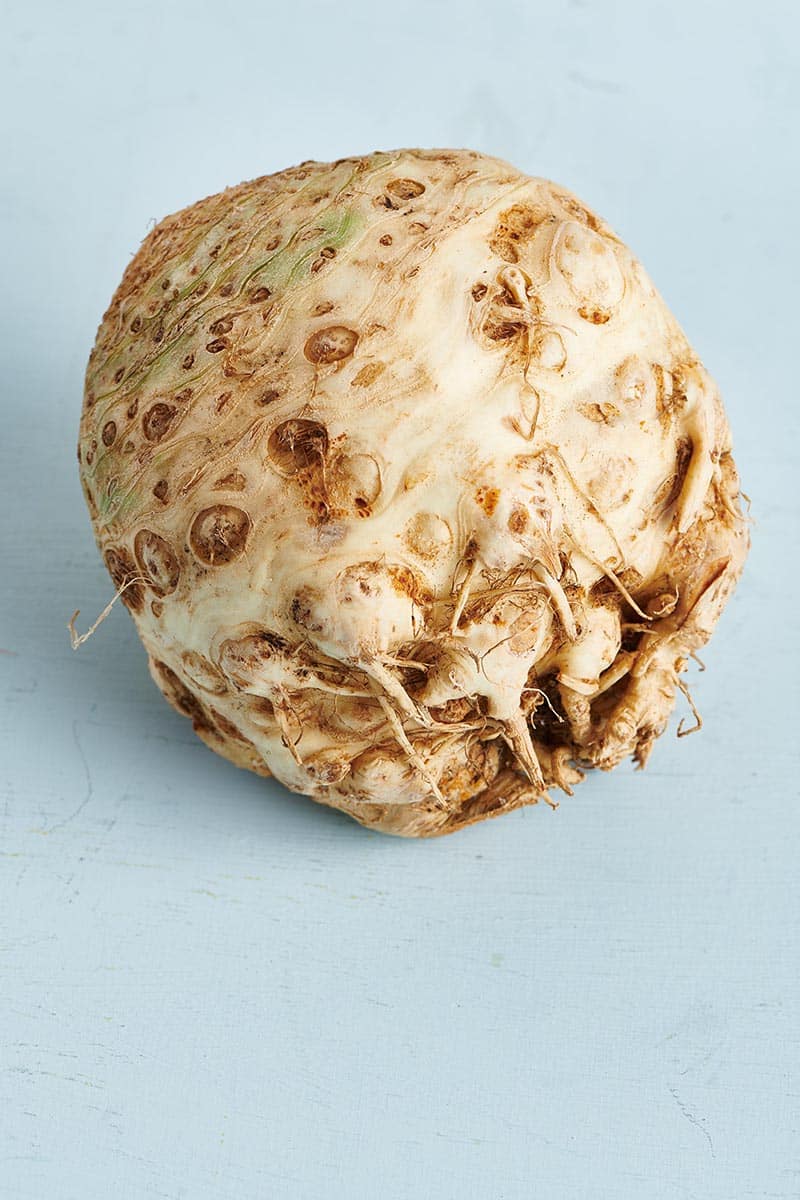
What Is Celeriac?
Celeriac is a large root vegetable — it’s actually the root that celery grows from, so it is also referred to as celery root. It is super versatile because it can be eaten both cooked and raw. Since it has a relatively mild flavor, it can be a great addition to any dish and is commonly used instead of potatoes as a more nutrient-rich option. It’s popular in Eastern and Northern European regions.
What Does Celeriac Look Like?
Celeriac is a lumpy, bumpy vegetable, about the size of a grapefruit or softball (and weighs about as much). It is easily identified when connected to the celery stalks that grow out of it, but when sold alone in the market, you’re looking for a brownish, rugged-looking round bulb with little roots coming out of it that look like strings. The outside often looks dirty, which is normal; many root vegetables appear to be dirty because they grow under the earth! The pale, smooth interior looks very similar to jicama and should be relatively uniform in color and texture.
Avoid celeriac that appears slimy, mushy, or spongy inside. If some of the inside is mushy, but part of the interior is still firm and smooth, you can cut away the less desirable parts and use the good parts.
Celeriac is a root vegetable that deserves more love! Here’s how to buy, prepare, and cook celeriac (plus a recipe for Celeriac Remoulade).
What Does Celeriac Taste Like?
Celeriac tends to taste earthy and nutty, like some other root vegetables. The flavor is sometimes compared to a turnip, but celeriac is fresher, with subtle hints of celery. Raw celeriac is also super crunchy, which makes it great on top of a salad or in a slaw. When cooked, celeriac becomes sweeter and softer, which means it’s great when mashed or used in a roasted preparation.
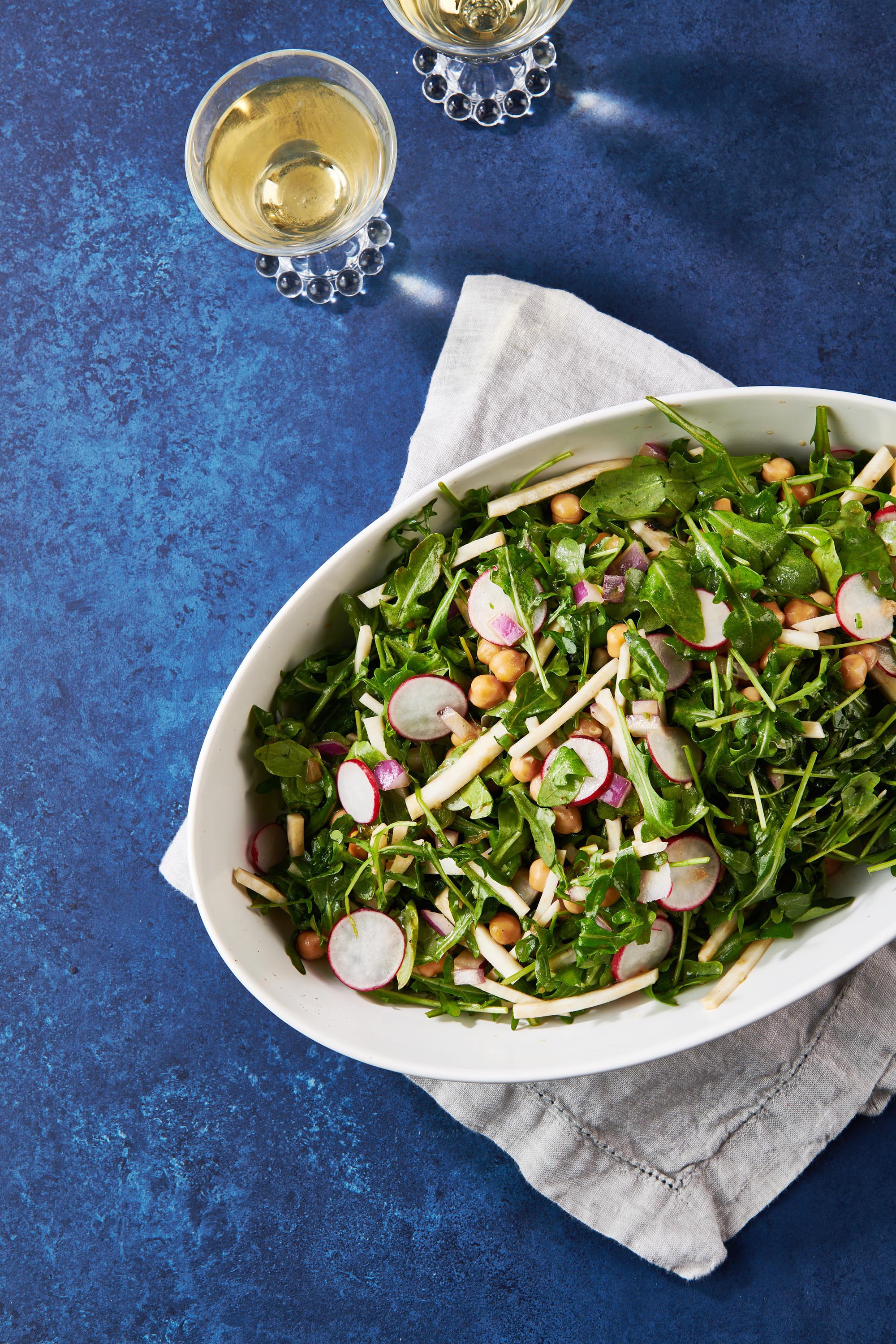
Substitutes
Celeriac can be subbed in for potatoes and has a bit more of an impressive nutritional profile. In many recipes, they can be swapped for each other. Flavor-wise, parsley root is another great alternative to celeriac. When substituting, use an equal amount of parsley root, though note that parsley root does have a more robust flavor.
Since raw celeriac is usually used for its texture, you can swap in jicama or celery in most cases. However, in cooked preparations, celery isn’t a good substitute — it will never soften like celeriac does during the cooking process and has a stringier texture. Jicama is another excellent substitute for uncooked dishes because it has the same crunchiness. However, the flavor is not the same — jicama is fruitier. Cooked jicama has a different flavor and won’t get as smooth and creamy even after being boiled.
Where to Find Celeriac
Celeriac is grown throughout the U.S., so you may be able to find it at local farmers markets, grocery stores, and supermarkets. The peak season for celery root is from fall to early spring, so keep your eyes open at the farmers market during those months of the year in particular.
Some grocery stores will sell celeriac while it is still connected to the celery, but most sell celeriac alone. It will be in the produce section with other root vegetables.
How to Prepare and Cook With Celeriac
- Remove the ends: Use a knife to cut off the top and the bottom of the root.
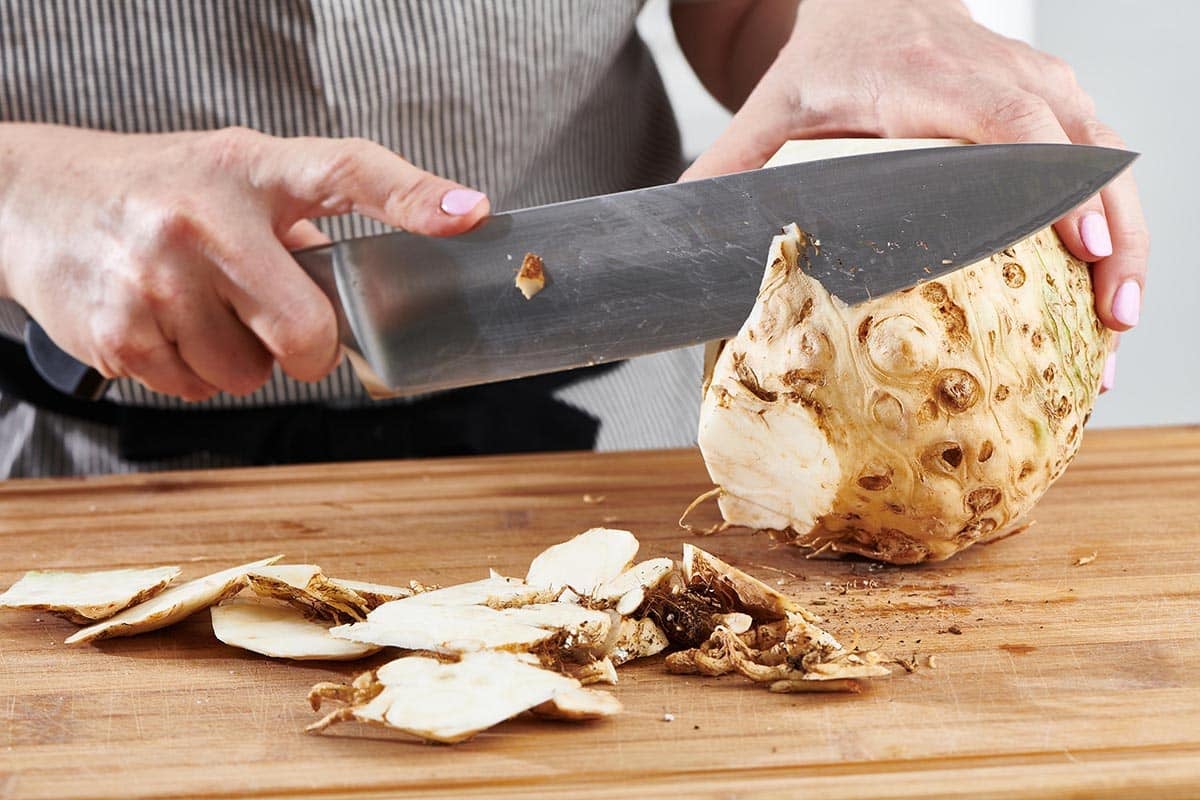
- Peel: Then, use a knife or a sturdy vegetable peeler to remove the rest of the brown, bumpy skin. A vegetable peeler will probably take a few passes, whereas a paring knife will allow you more control.
- Chop: Next, you can slice, dice, or julienne the celery root in the way best suited to your recipe.
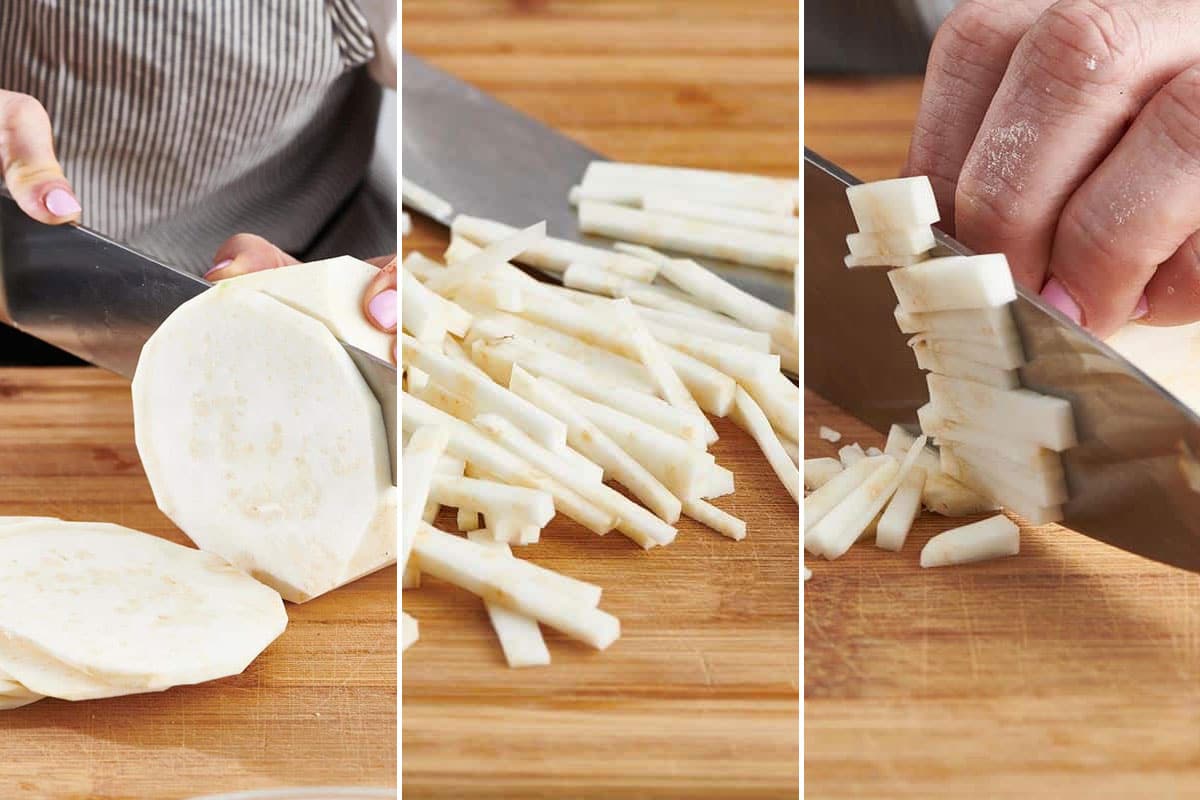
- Prevent oxidizing: You want to use celeriac as soon as possible after removing its skin, or it will start to brown or oxidize. If you need to hold the celeriac, submerge the vegetable in a bowl of cold water with a few tablespoons of lemon juice to stop discoloration.
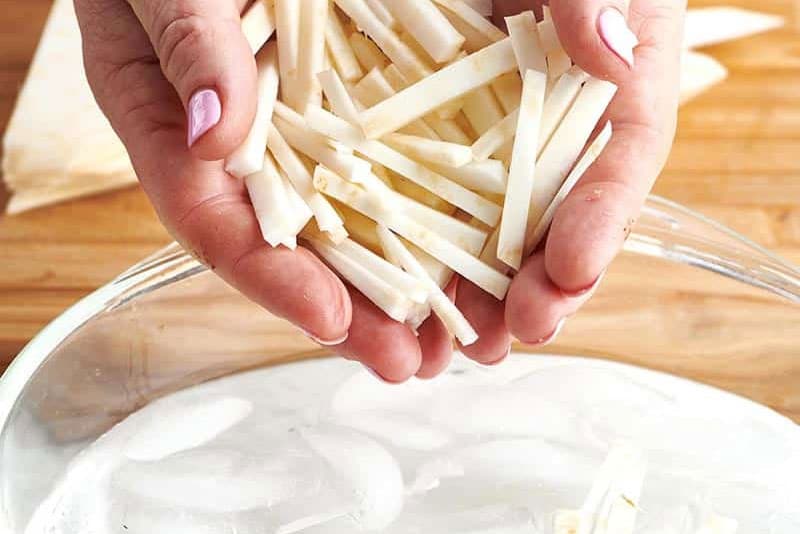
How to Store Celeriac
In its uncut bulb form, Celeriac lasts about 3 weeks in the fridge. The best place to store celeriac is in the vegetable or crisper drawer in the fridge. Make sure you seal the celeriac in a plastic bag or another airtight container, and don’t wash it before putting it into the fridge.
Celeriac freezes nicely as long as you blanch it first, which will help it keep from browning too much. To prep for freezing, wash, peel, and slice the celeriac, then blanch it in salted boiling water for two minutes. Next, drain the celeriac and plunge it into an ice water bath to stop the cooking. After drying, you can freeze in a freezer-proof sealable bag with the air pressed out for a few months until you are ready to use.

FAQs
To make celeriac mash, you’re going to want to cut up your celeriac root into smaller chunks. Next, add them to boiling water and let them cook until you can slice through them easily with a knife. Let them cool, then begin to mash. You might want to add seasoning, salt, and pepper for sure, along with milk, cream, butter, or whatever you want to add to make your mashed celeriac smoother and creamier. Fresh herbs brighten this mashed potato alternative.
You don’t need to, though you probably will want to for textural reasons. But the outer rind of the celery root is edible. If you want to leave it on, just make sure you clean it well and get off any dirt that remains from its time in the ground.
Recipes With Celeriac
Carrot Celeriac Remoulade Salad
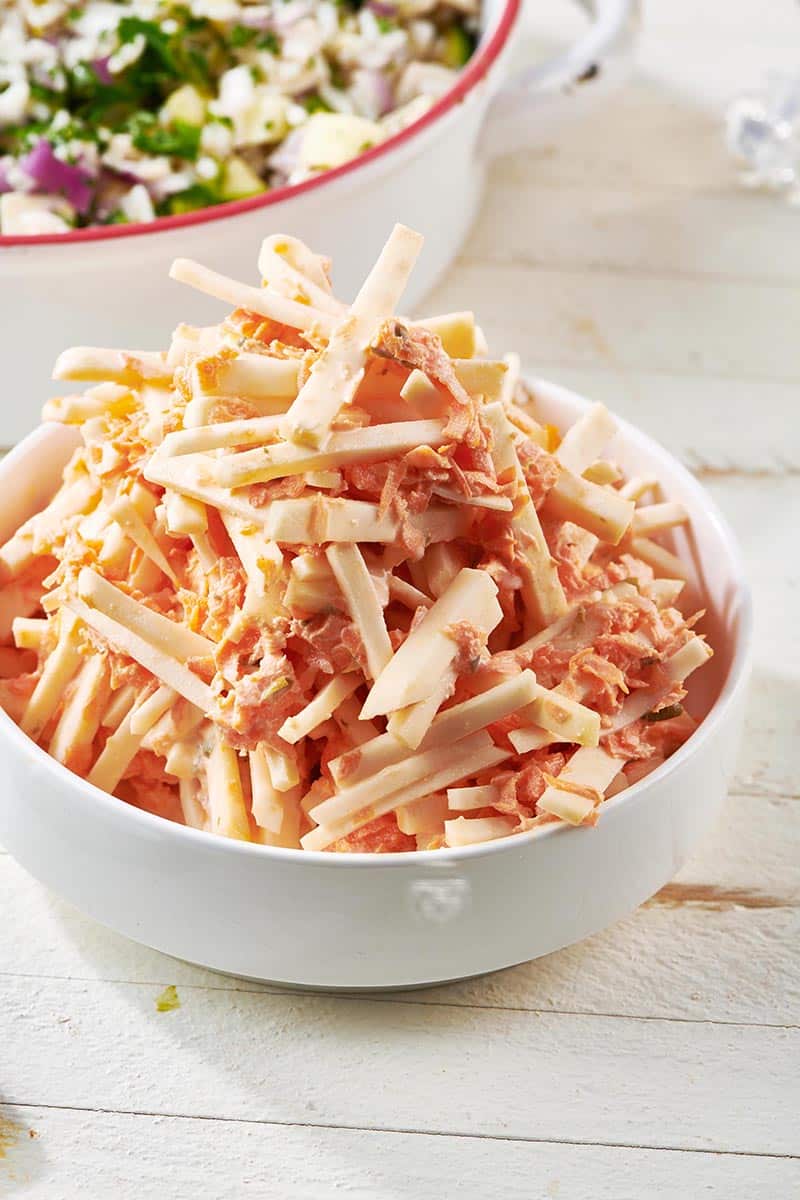
Remoulade Sauce is a classic French sauce that is made by combining mayonnaise, mustard, capers, and herbs, sometimes with the addition of anchovies and minced sweet pickles. It’s often served with cold seafood, meat, and fish. In this recipe, I turned it into more of a dressing than a sauce, with the addition of vinegar, a touch of hot sauce, and some scallions for good measure.
Ingredients
For the dressing:
- Mayonnaise – Mayo makes the creamy base of this dressing.
- Dijon mustard – Dijon contributes to texture and taste, adding some subtle spice.
- Red wine vinegar – I turned this sauce into a dressing by including red wine vinegar. You can use whatever vinegar you have on hand.
- Hot sauce – Add just a bit to start with and then more to taste.
- Capers – Drained and chopped.
- Parsley – Finely chopped flat-leaf parsley adds a fresh note to this sauce.
- Scallions – Use both white and green parts of the scallion, trimmed and minced.
For the salad:
- Celeriac – This is a recipe where celeriac is really able to shine.
- Carrots – Peeled and shredded.
- Fresh lemon juice – Not only does this add a fresh citrusy tinge to the salad, but it also helps keep the celeriac from oxidizing.
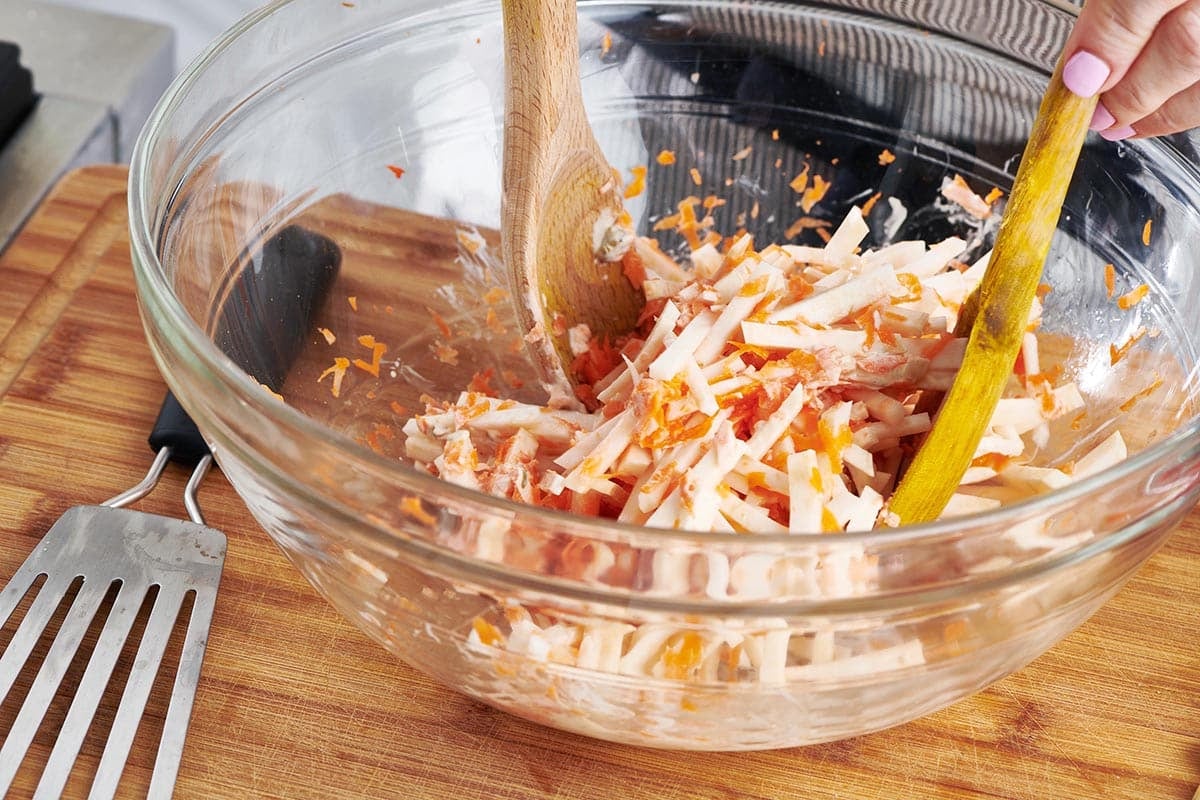
Pin this now to find it later
Pin It
Carrot Celeriac Remoulade
Ingredients
For the Remoulade Dressing
- 1 cup mayonnaise
- 1 tablespoon coarse Dijon mustard
- 1 teaspoon red wine vinegar
- ¼ teaspoon hot sauce (or more to taste)
- 2 teaspoon capers (drained and chopped)
- ¼ cup finely chopped flat leaf parsley
- 1 scallion (trimmed and minced; white and green parts)
- Kosher salt and freshly ground black pepper (to taste)
For the Salad
- 2 celeriac roots (about 1 pound each)
- 6 large carrots (peeled and shredded)
- 1 tablespoon fresh lemon juice
Instructions
- Make the Dressing: In a medium bowl, combine the mayonnaise, Dijon, vinegar hot sauce, capers, parsley, scallion, salt, and pepper.
- Make the Salad: Fill a large bowl with cold water. Peel the celeriac and cut the bulb into thin matchsticks. As you cut the celeriac, add it to the cold water to prevent discoloration.
- Drain the celeriac root and pat dry with clean paper towels. Add the celeriac along with the carrots to the bowl with the remoulade sauce. Toss to combine well, taste, and adjust seasonings as needed.
